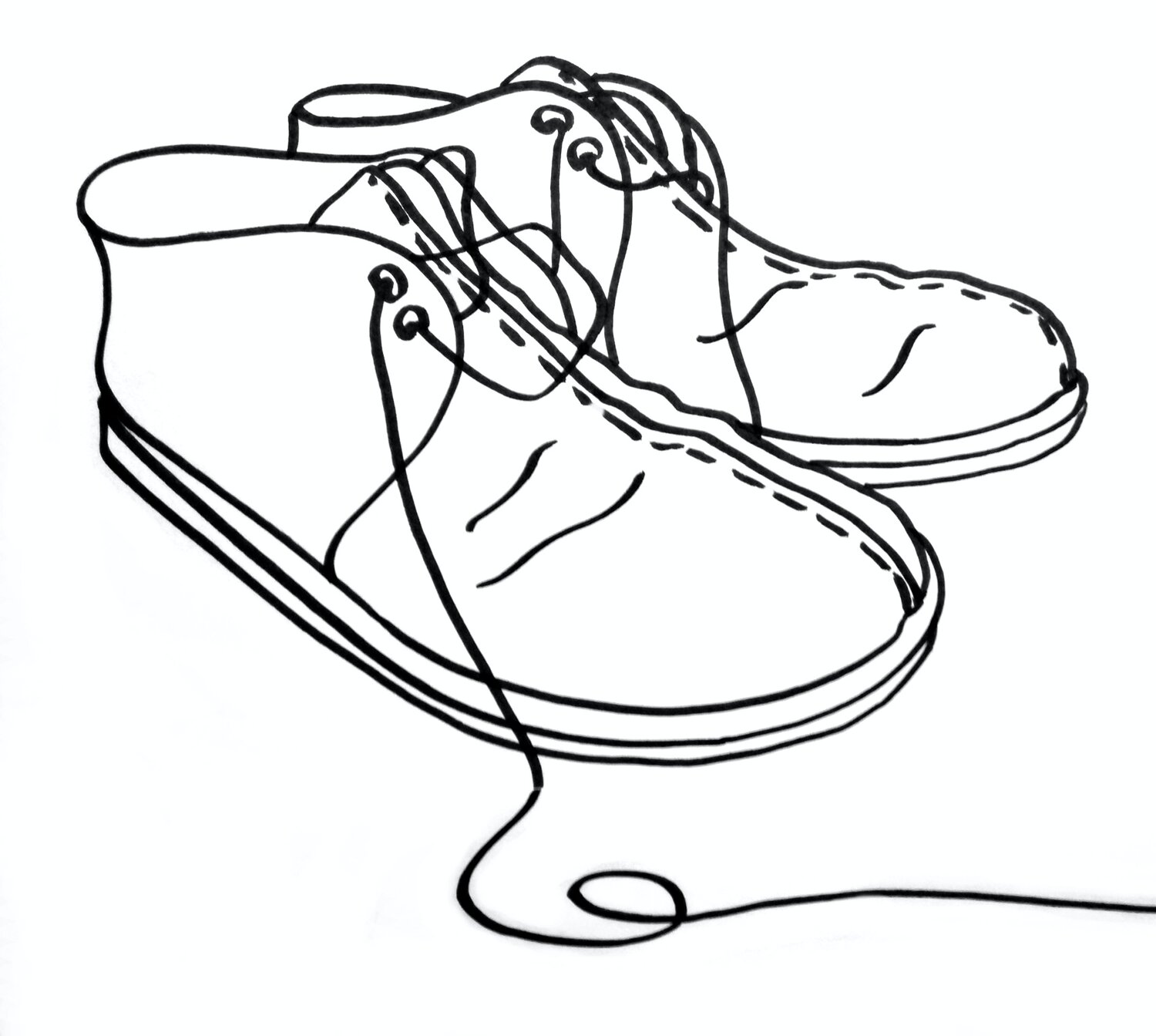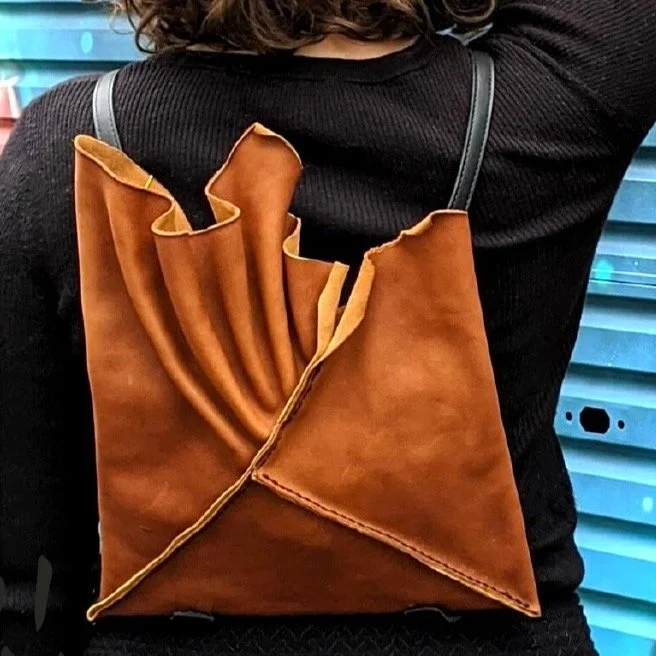The Affordances of Affordance Theory for Sustainable Design Pedagogy
February 2020 - in-progress
This project uses a course within the Bachelor of Fashion (Design) program at RMIT University as a study to inform new approaches to sustainable design pedagogy. The course, Fashion Design Body Artefacts and Accessories, draws upon Gibson’s affordance theory as a framework to encourage students to perceive and use material waste as a creative resource to generate innovative sustainable design outcomes.
More than simply upcycling, the research explores the embodied and transferable capabilities and knowledges that can be enhanced through material reuse in an educational setting.
Data collected between 2020-2022 has been analysed and used to enhance the course pedagogy in line with its learning objectives: to facilitate a more sustainable material-led approach to design and develop material literacies.
In 2020 a collaboration with German footwear manufacturer Trippen applied the principles of the research to find accessory solutions for leather waste.
-

Dr Alexandra Sherlock - Principal Investigator
Dr. Alexandra Sherlock is a course coordinator for Fashion Design Body Artefacts and Accessories within the Bachelor of Fashion (Design) at RMIT, the design of which is informed by her doctoral research exploring the material and semiotic affordances of shoes for wearers and producers in processes of being and becoming.
-

Dr Tassia Joannides - Co-Investigator
Dr Tassia Joannides (she/they) is Program Manager of the Bachelor of Fashion (Design) in Naarm/Melbourne, Australia. Their interdisciplinary practice incorporates research from a range of fields across art, craft, fashion and design, and considers inclusive and diverse pedagogical approaches that promote sustainable, ethical and shared futures.
-

Pennie Jagiello - Co-Investigator
Pennie Jagiello is a casual lecturer in Fashion Design Body Artefacts and Accessories at RMIT. With a background in wearable sculpture, her interdisciplinary practice is grounded, informed, and challenged by environmental ethics and creative sustainable rituals and emphasises the importance of the body as a site for expression.
Project Overview:
'Affordances' are understood to be the subjective and embodied perception of what an object or material might enable one to do, or, in the words of Ecological Psychologist James Jerome Gibson, ‘the affordances of the environment are what it offers the animal, what it provides or furnishes, either for good or ill’ (Gibson, 1979: 127). In a consumer culture context, the natural environment has afforded the production and use of vast amounts of materials and goods resulting in devastating amounts of waste.
As a key contributor to this waste, the fashion industry - including fashion educators - are responsible for addressing and reducing this waste which now constitutes an undeniably large proportion of the ‘environment’ in which the contemporary fashion designer finds themself.
Extending upon Glăveanu’s research which uses Gibson’s seminal affordance theory to re-evaluate the agentic role of material objects in the conceptualisation of creativity (Glăveanu, 2012) this project uses the course Fashion Design Body Artefacts and Accessories in the Bachelor of Fashion (Design) program at RMIT, Melbourne (2020 - 2021) to explore how affordance theory can be used to inspire design activities that reconceptualise ‘waste’ as a creative resource.
More than simply upcycling, a range of deconstructive activities encourage students to perceive both the material and semiotic affordances of artefacts that have outlasted or exceeded their intended use to inspire the creation of innovative, meaningful and sustainable concept-driven accessories. The research aims to contribute to emerging sustainable fashion design pedagogies by creating and reflecting on activities that assist a methodological shift from a traditional design-led approach to materials, to a materials-led approach to design.
Research Outputs
Approval to conduct this research was granted by the Human Research Ethics Committee in the College of Design and Social Context at RMIT in accordance with the Australian National statement on ethical conduct in human research and the Australian Code for the Responsible Conduct of Research. Real names are used to acknowledge intellectual property of creative work and informed consent was provided by all those identified.



